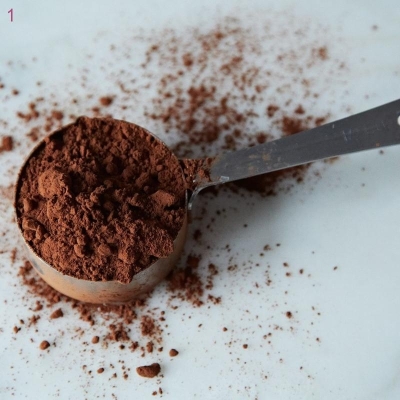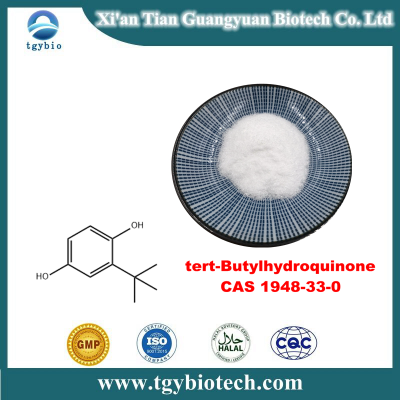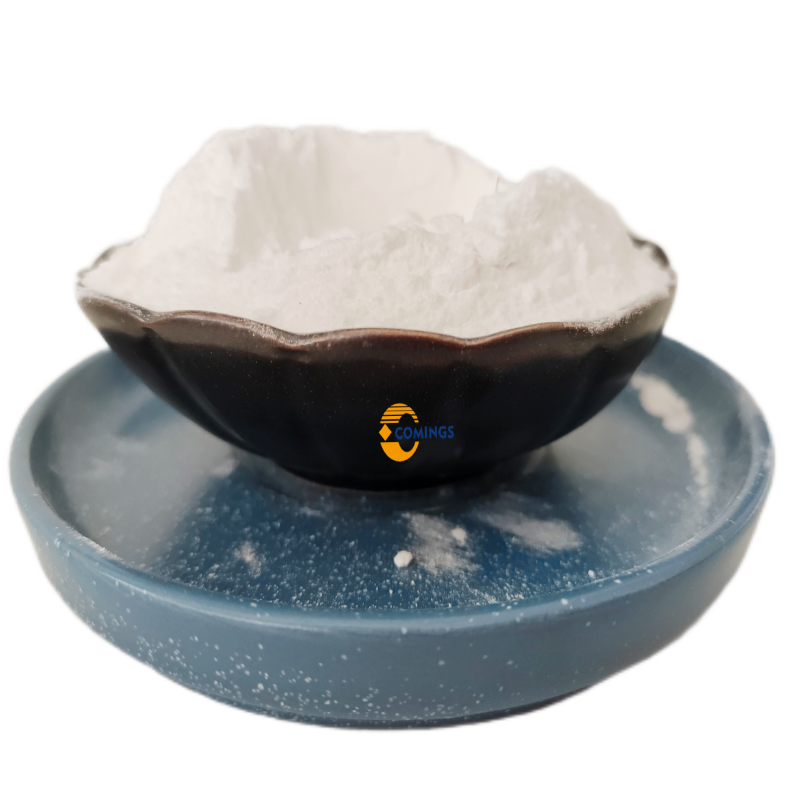-
Categories
-
Pharmaceutical Intermediates
-
Active Pharmaceutical Ingredients
-
Food Additives
- Industrial Coatings
- Agrochemicals
- Dyes and Pigments
- Surfactant
- Flavors and Fragrances
- Chemical Reagents
- Catalyst and Auxiliary
- Natural Products
- Inorganic Chemistry
-
Organic Chemistry
-
Biochemical Engineering
- Analytical Chemistry
-
Cosmetic Ingredient
- Water Treatment Chemical
-
Pharmaceutical Intermediates
Promotion
ECHEMI Mall
Wholesale
Weekly Price
Exhibition
News
-
Trade Service
Another year of golden wind, another year of abundance and picturesque
.
Walking on the vast fields of Beiqiao City, Liaoning Province, a picture of a bumper harvest jumps in front of you, and a hoard of golden corn reflects the smiling faces of farmers, constituting the most beautiful scenery
in western Liaoning in early winter.
In recent years, in accelerating the development of rural industries, Beiqiao City has further optimized the industrial structure through various measures such as consolidating the agricultural foundation, implementing the permanent basic farmland protection system, curbing the "non-agriculture" and "non-grain" of cultivated land, and continuously improving and strengthening characteristic industries, so that the agricultural industry continues to move towards the fast lane
of expanding the total amount and improving quality and efficiency.
Characteristic industries provide industrial support for rural revitalization
"My land adds up to a total of 200 acres, all planted with corn, and it is expected that the mu yield can reach 1,500 jin, and according to the current purchase price of 1.
04 yuan, the income is about 300,000 yuan
.
" When talking about this autumn's harvest, Zhai Fuming, a major grain farmer in Fangshen Village, Beita Town, had the joy of harvest written on his face
.
This year, while stabilizing grain production, Beita Town vigorously adjusted the planting structure and developed characteristic industries, providing strong industrial support
for rural revitalization.
The sown area of crops in the town is 79,548 mu, including 54,168 mu of corn, 8,000 mu of sorghum, 5,000 mu of millet, 2,000 mu of miscellaneous grains, 800 mu of beans, 7,000 mu of pepper and 2,350 mu of tobacco leaves
.
In the Mulberry Forest Fruit Planting Professional Cooperative in Longtan Town, between the rows of fruit trees, with the brisk motor sound of the harvester, pieces of peanuts "arch" the "fat body" out of the ground, and the field is filled with the sweet fragrance
of soil and fruit.
"This year, we planted 70 acres of peanuts under the forest, with a yield of more than 700 catties per mu, and due to the good peanut market this year, these 50,000 catties of peanuts were snapped up by buyers in Jinzhou and Huludao
.
" The head of the cooperative said
with joy.
According to the Agriculture and Rural Affairs Bureau of Beiqiao City, this year the city has implemented a total of 320,000 mu of black soil protective tillage, 130,000 mu of land trusteeship, 90,000 mu of rotational fallow, 185,000 mu of deep loose land preparation operations without agricultural machinery, and 60,000 mu
of high-standard farmland.
Stabilized the planting area of grain crops, including 12,800 mu of soybeans, 1,076,000 mu of corn, 320,000 mu of miscellaneous grains, 222,000 mu of chili peppers and 100 mu
of mushrooms.
The high-standard solar greenhouse helps to increase the yield of tomato carob
Jin Haifu, a villager in Yuejin Village, Mongolian Ying Town, is busy loading the freshly picked tomatoes into a truck, "This is the last cart of tomatoes, and the set of planted horn melons will be on the market
in more than 10 days.
" Jinhai Fuller said
he
This year, the average yield of summer tomatoes in the five greenhouses of Jinhaifu reached 16,000 jin, and this alone can earn more than 150,000 yuan
.
"My stubble can be sold until December after it is on the market, which is another income
.
Carob can also be planted after harvesting a stubble of tomatoes, although more than 20 days later than the normal winter and spring tomatoes, the yield can be increased by about 30%, which is still more cost-effective
.
"Kim Haifu, who has many years of experience in tomato cultivation
, is full of confidence.
Qiao Xianfang, secretary of the village party branch and director of the village committee, pointed to the concentrated and continuous greenhouses on the mountain and introduced: "The land plots that can build greenhouses in the village have all been built, and almost every family in the village has greenhouses
except for the old and infirm and those who have regular jobs outside.
" As a national "one village, one product" demonstration village mainly based on tomato cultivation, at present, Yuejin Village has developed more than 1,000 high-standard solar greenhouses, with an average household of 3 sheds, and the annual per capita income of farmers alone has reached more than
35,000 yuan.
According to relevant data from Beiqian City, in 2022, a total of 37,000 mu of tomatoes will be planted in the city, with an output of nearly 410,000 tons and an output value of nearly 2.
2 billion yuan
.
North ticket red pepper into the "red fire industry" for the masses to get rich
In October, the peppers in Mayouying Township are in the peak harvest period
.
Walking into the fields of Mayouying Township, red peppers are hung all over the branches, and pepper farmers are busy cutting, transporting and drying, presenting a "hot" harvest scene
.
"This year, my family planted 15 acres of peppers in the mountains, the mu yield reached 800 jin, this year's chili pepper price is about 7.
2 yuan, it is expected that the income of one mu of land can reach 5,500 yuan, planting peppers is good and has a head, and next year we will continue to plant peppers
.
" Zhao Liguo, a villager of the Belan Mountain Group in Xiaobelan Village, said
.
In the fields of Taijiying Township, as far as the eye can see, there are patches of red paved "harvest map"
.
As a key township of chili industry in Beiqiao City, pepper planting in Taijiying Township has been formed from scratch to form a large-scale pillar industry, which has brought considerable economic benefits to farmers in the township and provided strong industrial support
for the economic development of Taijiying Township.
In 2022, the township will plant 60,200 mu of chili peppers, with an output of 600 jin per mu, 7 yuan per jin, and a net benefit of 3,000 yuan per mu, achieving a total income of 252.
84 million yuan
.
As a geographical indication product of China's agricultural products, Beiqiao red dried pepper has the characteristics of positive shape, red color, thick skin, spicy taste, high pepper oil and pigment content, etc.
, attracting many domestic and foreign merchants
.
In order to make this industry bigger and stronger, in recent years, Beiqiao City has effectively strengthened technical support, and relevant townships have set up professional teams for pepper planting technology to provide technical support
for pepper seedlings, planting, irrigation, pest control, harvesting, storage and processing.
At the same time, each key township of chili pepper planting signed dry pepper recycling and fresh pepper quick-frozen export contracts with well-known domestic chili processing enterprises such as Guiyang Laoganma Group, introduced chili deep processing projects, further extended the industrial chain, and built the Beiqiao chili brand
.
In 2022, the city's pepper planting area will reach 222,000 mu, and "North Ticket Red" has become a "red hot industry"
that drives collective income and the masses get rich.
(Guo Wei, Bao Lei)
China Food News (November 17, 2022, version 08).
(Responsible editor: Wang Jiayi)







